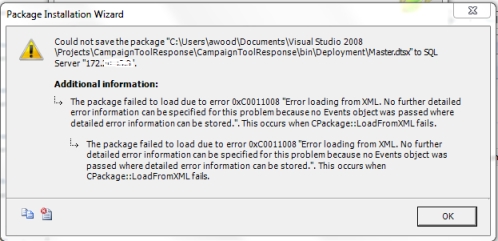

To use deployment manifests that work in development and production, rather than using hard-coded host-path volumes in their dev environment manifests, it’s possible to use a better pattern through persistent volume claims. But the method requires some planning in order to do so. Here though, it’s possible to make some different choices which make these environments more similar to mitigate the level of refactoring that the manifest will require. Manifests also become highly useful for use cases in which a developer working from a laptop needs to refactor the application release heavily when it moves from the development environment on the laptop to in production in the cloud. Using certain technologies and tools for process iteration allows users to deploy containers at scale through a consistent method without starting from scratch every time. Send and receive traffic through port 80, as shown by the containerPort field.ĭeployment manifests can be used in such a way that makes regular deployments repeatable over and over again. The deployment launches three replicated pods, as shown by the replicas field.We create an nginx container deployment, as shown by the metadata: name field.

Here’s an example of a YAML Deployment manifest file: Deployment manifests are singular to Kubernetes and refer to the file which holds a definition of a deployment object. More often than not, devs use plain Kubernetes manifests to roll out an application and its resources. Services are defined by being POSTed to the apiserver to create a new instance. In contrast, services outline the load balancer you want sitting in front of those containers and which containers will receive traffic accordingly. Deployments can be created using the kubectl run, kubectl apply, or kubectl create commands. Put simply, deployments define which image you want to use, how many containers you want to spin up and run as well as what info is passed into them when they start. The access endpoint definition side-known as a service: As pods (and their assigned IP addresses) are ephemeral by nature, thanks to their creation and destruction by replicasets, they require the abstraction of a service to define a logical set of pods as well as an access policy to communicate with them.The application side-known as the d eployment: Users outline a desired state through a deployment object and the deployment controller adjusts the actual state to meet the new configuration.There are two components to typical containerized apps on Kubernetes, if you’re following current recommended practices: This is because Kubernetes gets a lot of things right straight out of the box, and deployment manifests for application releases can be one of them.

For example, for an ASP.NET Core application that you want to deploy at the root of IIS, the toolkit generates a manifest file that looks like this.Kubernetes has swiftly become the de facto standard platform for running containerized workloads.
#Deployit manifest how to#
The deployment manifest is a JSON file named aws-windows-deployment-manifest.json, which is read by the new tooling added to the 1.2 version of the Elastic Beanstalk Windows container to figure out how to deploy the application. When the publish command finishes, the toolkit writes the new deployment manifest into the publishing folder. dotnet publish -configuration Release -framework netcoreapp1.0 So if you selected Release for configuration and netcoreapp1.0 for the framework, the toolkit will execute the following command. The settings in the wizard pass the framework and configuration to the publish command. When the toolkit creates the bundle, the first step is to use the new dotnet CLI and the publish command to prepare the application for publishing. Today, we’ll talk about how deployment works and how you can customize it.Īfter you go through the deployment wizard in the AWS Toolkit for Visual Studio, the toolkit bundles the application and sends it to Elastic Beanstalk. In our previous post we announced support for deploying ASP.NET Core applications with AWS Elastic Beanstalk and the AWS Toolkit for Visual Studio.


 0 kommentar(er)
0 kommentar(er)
